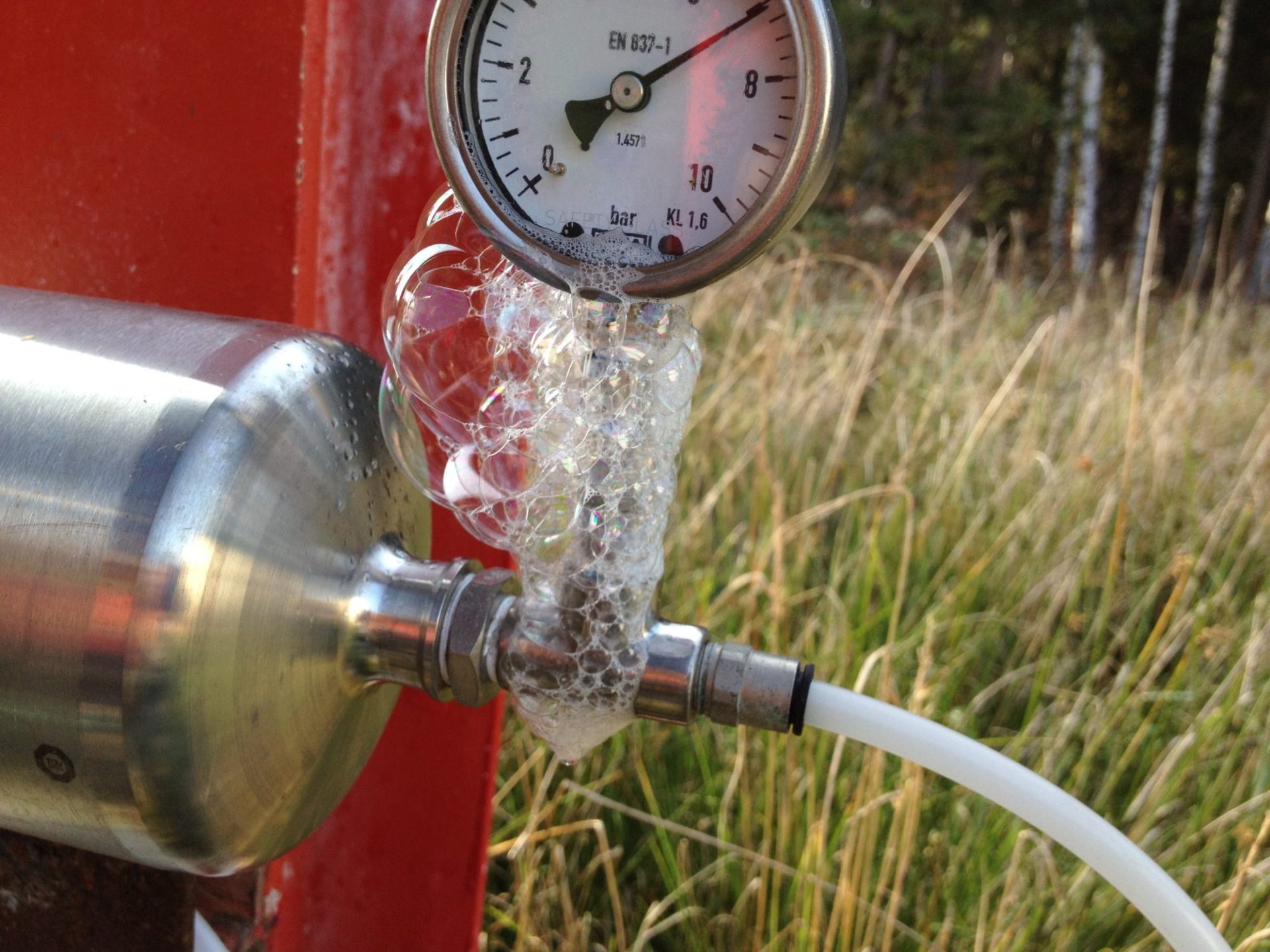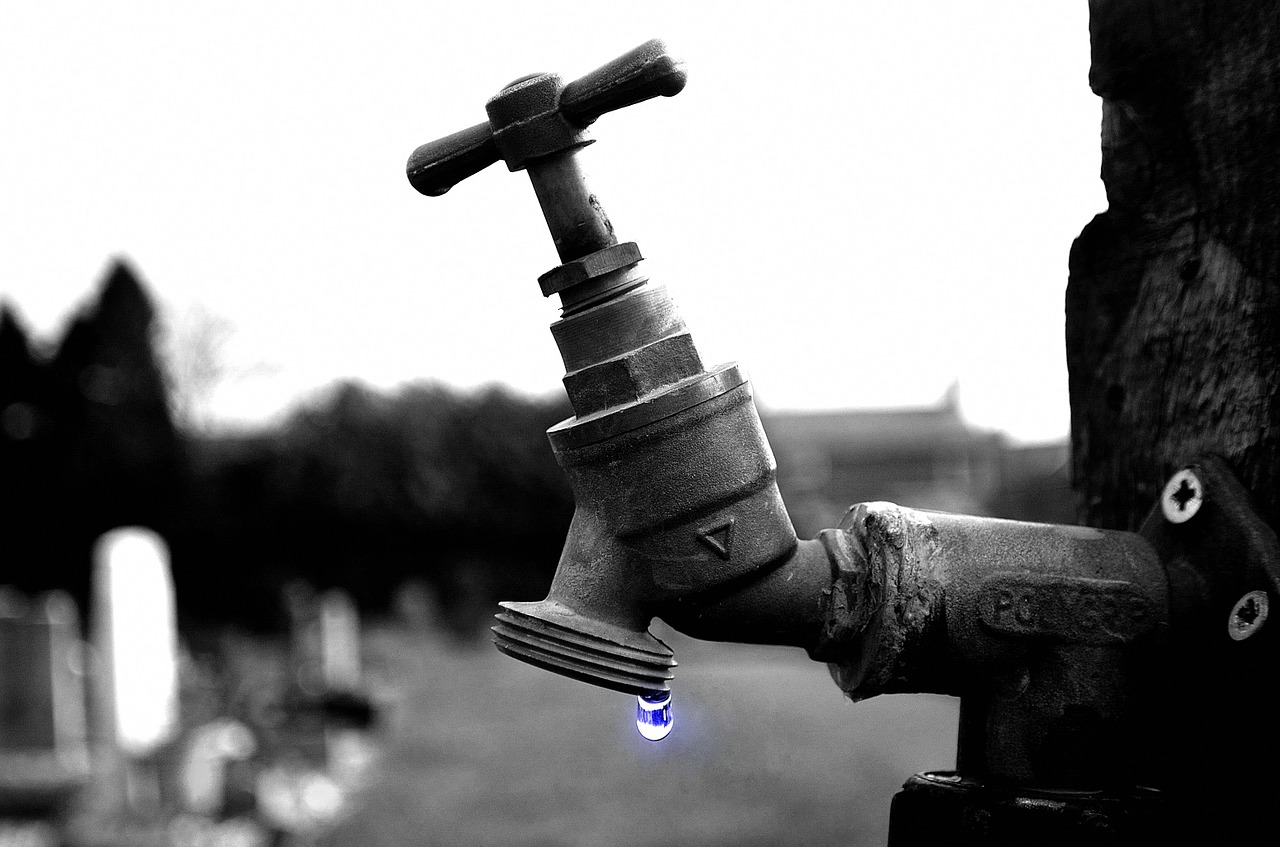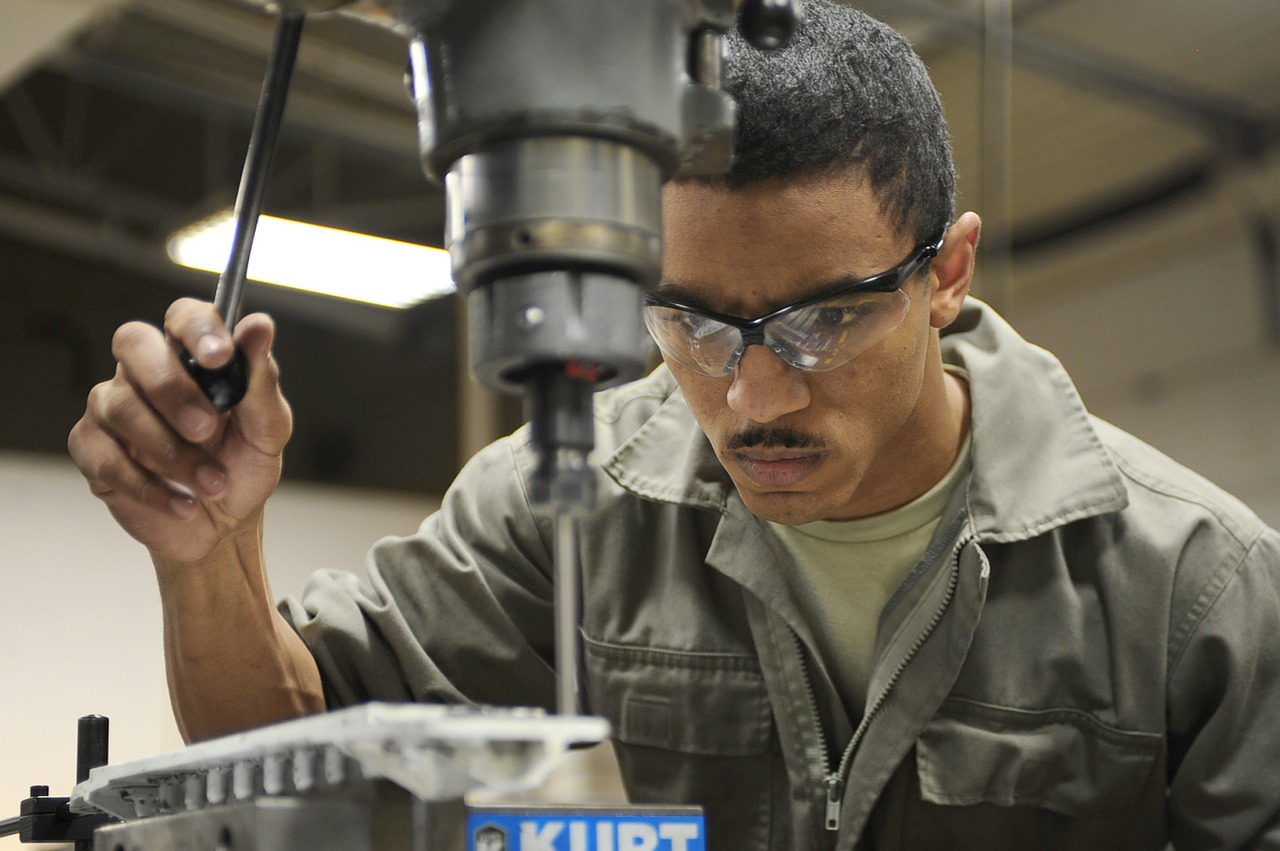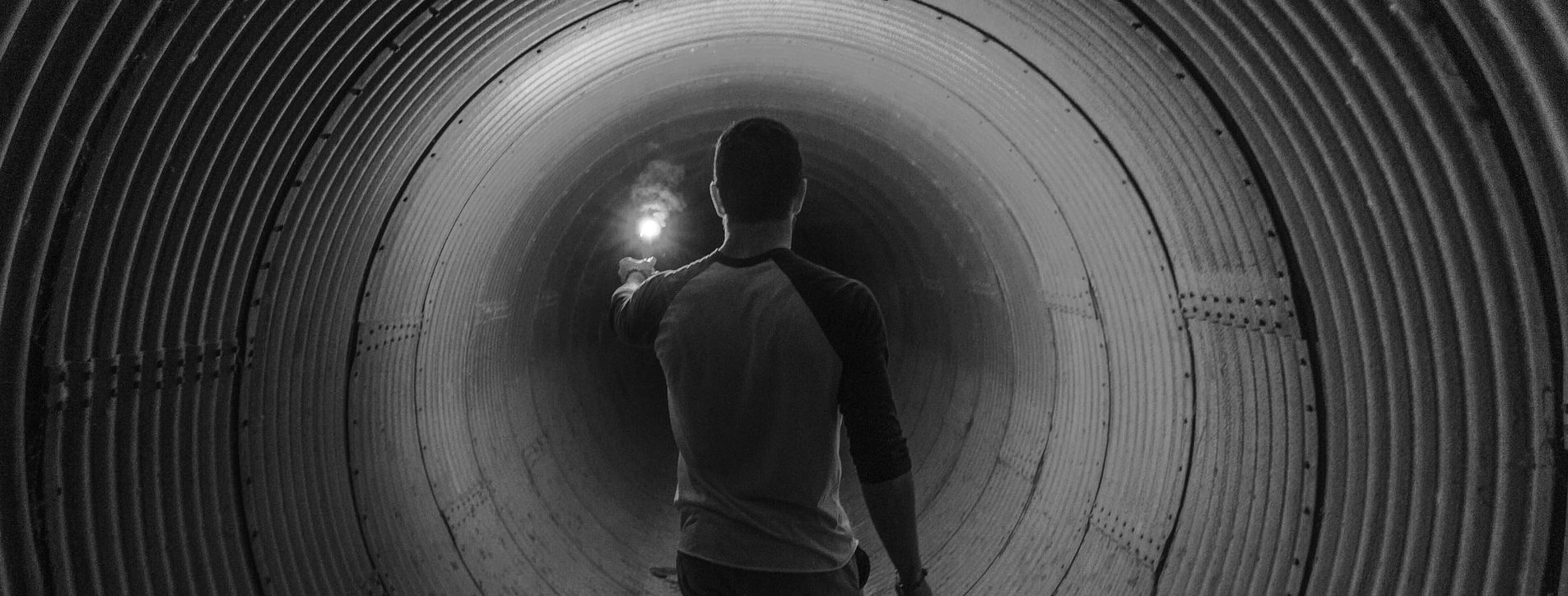It is a professional association in the US, dedicated to users of compressed air and industrial gases. Starting in 1915, CAGI has become an authority in the field, setting standards and practices by supporting and promoting technical education in this field.
Compressed air is known as the “fourth utility” in an industrial process, such as water, electricity and natural gas. Energy efficiency is directly influenced by the performance of the entire compressed air system, also influencing the efficient integration of a nitrogen generator when the process requires nitrogen.
10 steps to savings is a brief guide by CAGI for energy savings using compressed air.
Energy has the largest share in the total cost of compressed air. Basically, over the life of a compressor, the energy costs several times more than the initial purchase price. Finally, maximizing energy efficiency saves you money!
The energy cost reduction begins with the measurement and monitoring of the consumption of the compressed air system: source, distribution and consumers.
The 10 steps to savings are actually adjustments to the consumption pattern that directly influences energy costs.
- Stop them! – by working schedule, switching off compressors at night and at weekends can reduce energy costs by up to 20%.
- Limit current bursts – a 6mm crack at a 7bar pressure costs approx. 2300 EUR / year. Air distribution systems older than 5 years have a loss of 25%.
- Prevent possible losses – about 80% of losses can only be detected by professional equipment. In the distribution system dust and mud accumulate, that cause corrosion, thus the losses are significantly influenced.
- Reduce pressure – use the compressor at the process pressure required. To compensate system losses and pressure drops, there is a tendency to increase working pressure. Assemble a compressor controller to optimize working pressure and compressed air production.
- Check water drainage – install “zero loss” drainage.
- Review the distribution infrastructure – at double pressure, the pressure drops four times. The distribution network must have a sufficient diameter to limit pressure drops.
- Change the filters periodically – beyond the compressor chamber, to the compressed air consumption points!
- Recover the heat generated by the compressor – 90% of the heat generated by the compressors can be recovered for internal use: in workplaces, warehouses, etc.
- Do not ignore maintenance – it costs more! – like any other industrial equipment, compressors work more efficiently when maintenance is done on time.
- Identify and eliminate inappropriate use of compressed air.
Generating compressed air requires energy, and any loss means scattered money!





